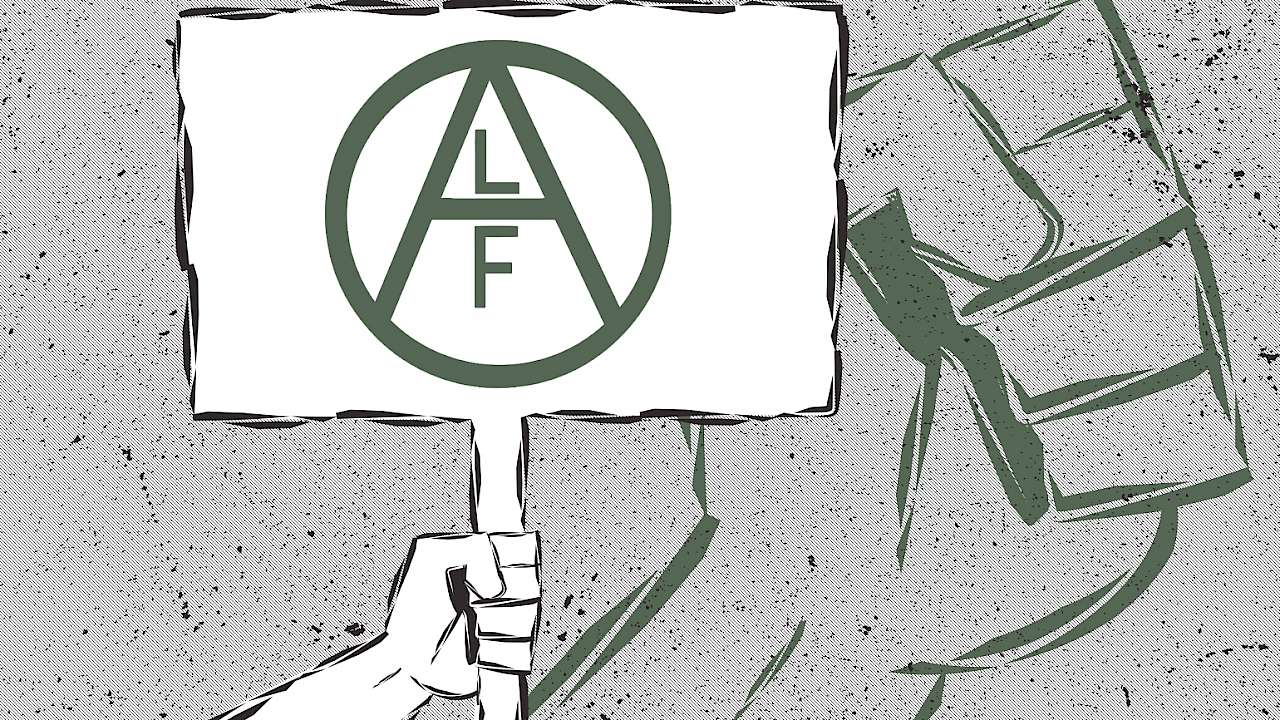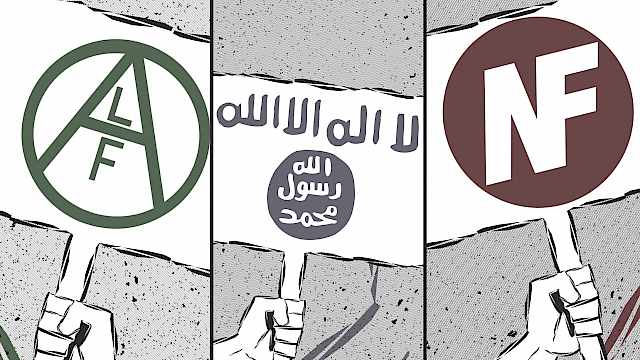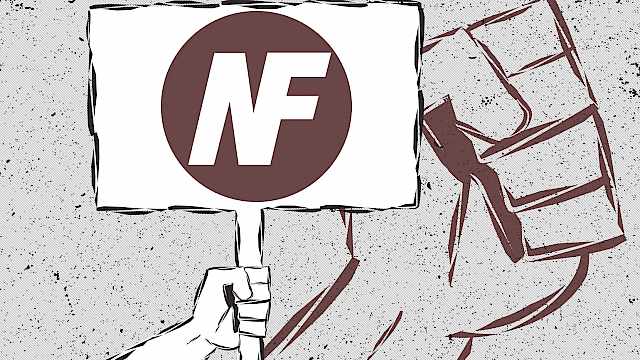For the purpose of this case study, we consider the 'animal liberation movement' to comprise a sub-section of the wider animal rights movement, characterised by their willingness to use illegal forms of direct action in order to advance campaigns for animal rights, including, but not necessarily limited to, trespass and property damage.
This case study provides an example of what might be termed a single-issue movement. The evolution of the Animal Liberation Front (ALF) is central to this case study, as are the campaigns carried out under other organisational banners, such as the Animal Rights Militia and the Justice Department, which entailed escalation beyond established repertoires of action.
What makes this case study interesting is the apparent ambivalence of the case. While positioning itself as a non-violent movement and exhorting activists to take all reasonable measures to avoid harm to living beings, members of the movement have still perpetrated acts of violence, including serious property damage and intimidation, which have undoubtedly caused physical and psychological harm to both human and non-human animals.
Yet escalation beyond the established tactical repertoire has been rare, even when state repression has significantly inhibited the availability of non- or less violent avenues for action
The animal liberation case study is based on secondary academic literature, journalistic accounts of the movement, contemporary media reports, television documentaries, activist memoirs, movement publications, and interviews with two former animal liberation activists (Respondents C1 and C2) and an academic expert (Respondent C3).
Copyright Information
As part of CREST’s commitment to open access research, this text is available under a Creative Commons BY-NC-SA 4.0 licence. Please refer to our Copyright page for full details.
IMAGE CREDITS: Copyright ©2024 R. Stevens / CREST (CC BY-SA 4.0)






